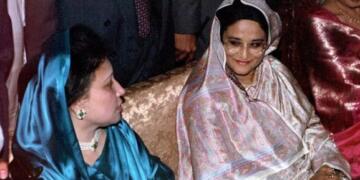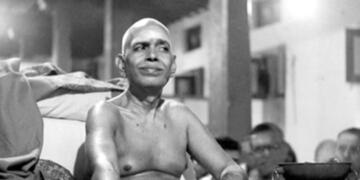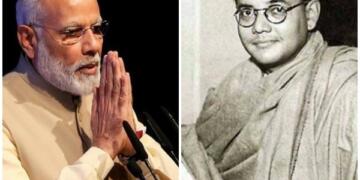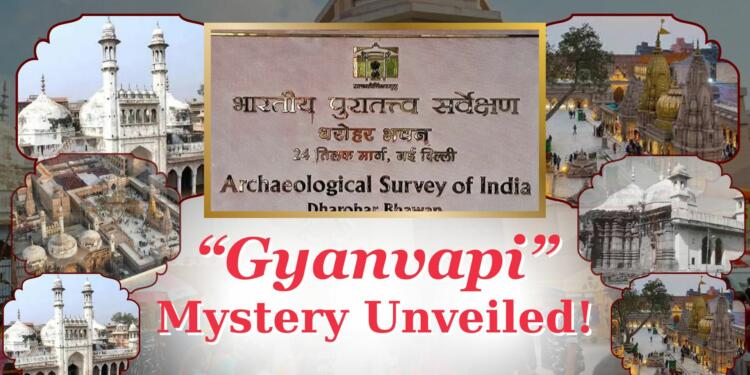The Gyanvapi Mosque controversy, deeply entrenched in historical significance, has been a focal point of contention for years. Situated in Varanasi, this mosque has been at the center of a dispute between Hindu and Muslim communities, with roots tracing back to the 17th century. The controversy revolves around the alleged construction of the mosque on the ruins of the original Kashi Vishwanath temple, destroyed during the reign of Aurangzeb. The Archaeological Survey of India (ASI) took a significant step in unraveling the historical layers of the Gyanvapi Mosque complex. Entrusted by the Varanasi district court, the ASI conducted a thorough scientific survey to ascertain the origins of the structure. Hindu litigants, claiming that the mosque stands on the sacred grounds of their original temple, eagerly awaited the findings to validate their historical assertions.
Historical Context
The historical context of the Gyanvapi Mosque controversy dates back to the 17th century during the reign of Aurangzeb, the Mughal Emperor. The roots of the dispute lie in the alleged destruction of the original Kashi Vishwanath temple, a sacred Hindu site in Varanasi. According to historical accounts, Aurangzeb issued orders to demolish temples, including the reported destruction of the Vishwanath temple at Kashi. This period saw significant religious tension and the altering of sacred landscapes.
Timeline of Gyanvapi Case
The Gyanvapi case has witnessed a series of crucial events shaping its trajectory. In May 2022, a videographic survey of the Kashi Vishwanath temple-Gyanvapi mosque was completed, revealing a structure contested as a ‘Shivling’ by the Hindu side and a ‘fountain’ by the Muslim side. This laid the foundation for heightened tensions surrounding the site.
In July 2023, responding to the contentious claims, the Varanasi district court ordered a scientific survey of the Gyanvapi mosque complex by the Archaeological Survey of India (ASI). However, the survey faced challenges as objections were raised by different parties involved in the dispute. Despite these challenges, the survey resumed in August 2023 after the Allahabad High Court and the Supreme Court dismissed pleas opposing it, indicating the contentious nature of the case.
The court-ordered scientific survey encountered further complexities with the sealing of the ‘wazukhana’ area in 2022 following a Supreme Court order. This area, central to the dispute due to the contested structure within it, was sealed amid claims of it being a ‘Shivling.’ The challenges faced during the survey underscore the deeply rooted disagreements and legal complexities surrounding the Gyanvapi case.
‘Shivling’ or Fountain
The Gyanvapi case revolves around a contentious structure within the mosque premises, triggering a heated dispute between the Hindu and Muslim communities. The Hindu litigants assert that the structure is a sacred ‘Shivling,’ symbolizing Lord Shiva, while the Muslim side contends that it is a mere ‘fountain’ with no religious significance. This disagreement over the nature of the structure adds layers to the already complex legal battle, intertwining religious sentiments and historical claims.

The controversy reached a significant juncture when the ‘wazukhana’ area, housing the disputed structure, was sealed in 2022 following a Supreme Court order. The decision to seal the area was prompted by the identification of the structure as a ‘Shivling’ during the videographic survey. The Supreme Court, recognizing the sensitivity of the matter, subsequently issued a directive in January 2024 for the cleaning of the ‘wazukhana’ area. The aim was to ensure that the space, where the alleged ‘Shivling’ was discovered, maintained a ‘hygienic’ state, further highlighting the multifaceted nature of the controversy and the efforts to address it through legal measures.
ASI Report
The release of the Archaeological Survey of India (ASI) report marked a pivotal moment in the Gyanvapi case, significantly influencing the ongoing legal dispute. The report’s findings, confirming the existence of a Hindu temple prior to the Gyanvapi Mosque’s construction, added substantial weight to the claims of the Hindu litigants. The report served as a comprehensive historical document, shedding light on the architectural evidence, inscriptions, and artifacts that supported the ASI’s conclusion.
Reactions from both Hindu and Muslim litigants were varied and reflective of the deep-rooted sentiments surrounding the case. Hindu litigants, represented by advocate Vishnu Shankar Jain, expressed confidence and asserted that the ASI’s conclusions were conclusive, aligning with their historical claims. The findings of a pre-existing Hindu temple provided validation to the narrative they had presented, potentially bolstering their legal stance.

Conversely, Muslim litigants faced a challenge in reconciling with the report’s revelations. The acknowledgment of a Hindu temple’s existence prior to the mosque raised questions about the historical narrative and added complexity to their legal defense. The release of the ASI report undoubtedly intensified the legal battle and prompted both sides to reassess their strategies in light of the scientific findings.
Statements from legal representatives further highlighted the contentious nature of the Gyanvapi case. While advocates for the Hindu side welcomed the report’s public disclosure, emphasizing its importance in providing transparency and clarity, representatives of the Muslim side may have faced the daunting task of addressing the implications of the ASI’s findings.
The ASI report, being a government-led scientific survey, introduced a layer of credibility and authority to the historical claims made by the litigants. Legal representatives, irrespective of their affiliations, were compelled to grapple with the newfound evidence and its potential impact on the court proceedings.
Public Reaction and Future Implications
The release of the Archaeological Survey of India (ASI) report on the Gyanvapi case triggered a diverse range of reactions within the local community. The public response, deeply entwined with religious and cultural sentiments, reflected the complexity of the longstanding dispute. While the Hindu community, buoyed by the report’s confirmation of a pre-existing Hindu temple, celebrated the validation of their historical claims, the Muslim community faced a challenge in reconciling with the implications of the findings.
The future implications of the ASI findings on the Gyanvapi case are multifaceted. The concrete evidence supporting the existence of a Hindu temple prior to the mosque’s construction introduces a potential turning point in the dispute. The findings may pave the way for a more informed and balanced legal discourse, fostering constructive dialogue between the Hindu and Muslim communities. However, the likelihood of a peaceful resolution hinges on the ability of the legal system to navigate the delicate intersection of historical narratives and religious sentiments. The ASI report, by providing a scientific foundation to the historical claims, may contribute to the ongoing efforts to seek a fair and just resolution to the Gyanvapi controversy.
In conclusion, the Gyanvapi Mosque controversy, heightened by the ASI report’s revelations, underscores the complexities of intertwining history, religion, and legal discourse. The report’s confirmation of a pre-existing Hindu temple prompts reflection on the longstanding dispute. It is crucial to approach this sensitive issue with fairness and balance, acknowledging the sentiments of both Hindu and Muslim communities. A peaceful resolution requires constructive dialogue and a commitment to legal proceedings that honor the diverse perspectives surrounding the Gyanvapi Mosque. In the pursuit of justice, a measured and inclusive approach is paramount for fostering harmony and understanding in this historically significant and emotionally charged dispute.































